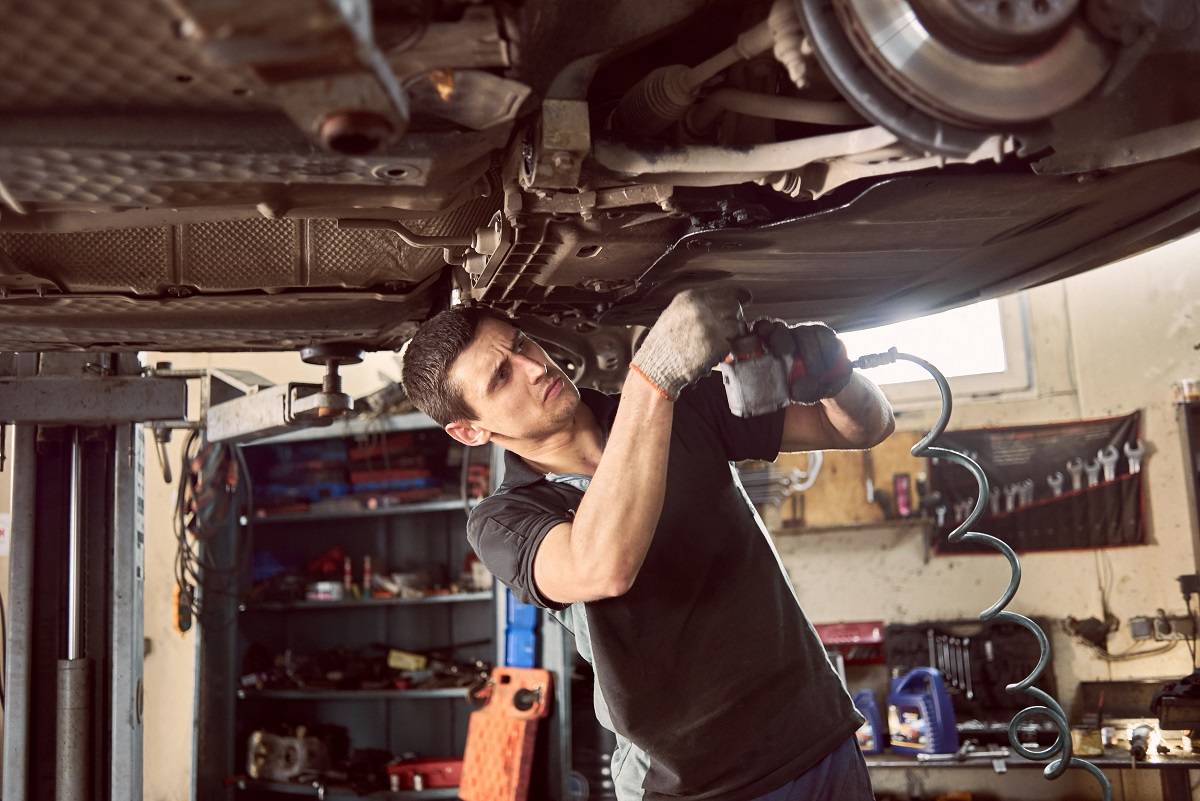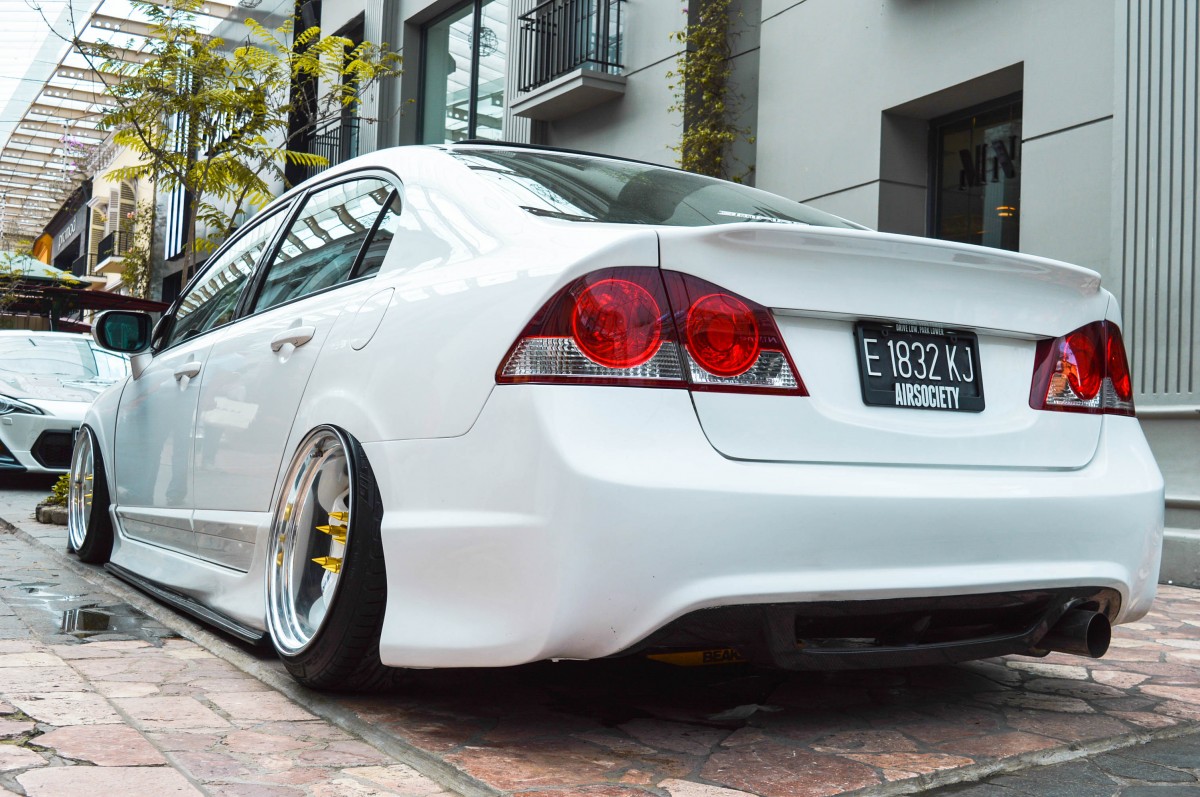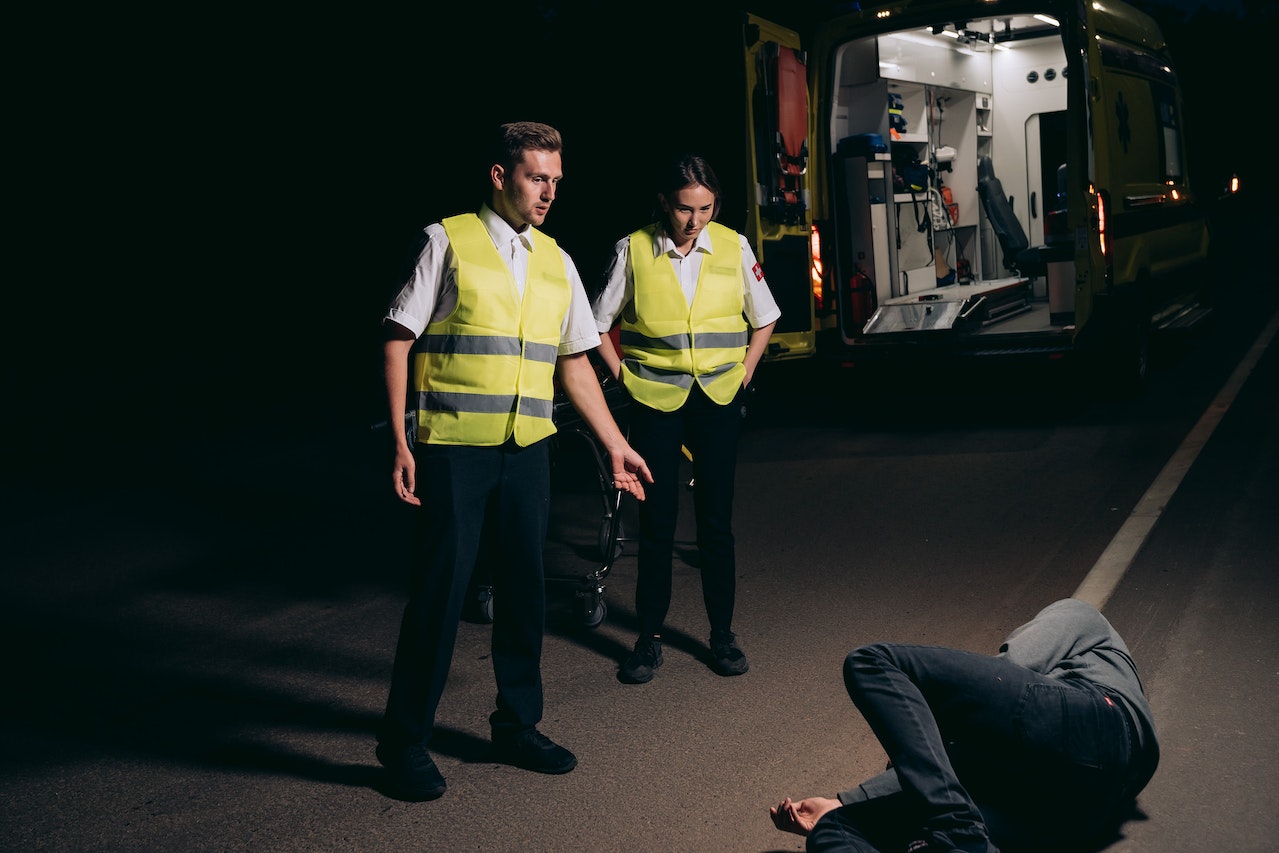Tire blowouts can be a terrifying experience for any driver on the road. Imagine cruising when suddenly, with a loud bang, one of your tires bursts, causing your vehicle to lose control. This blog post will explore what happens in a tire blowout accident, including the causes, consequences, and steps to take to ensure your safety.
Causes of Tire Blowout Accidents
Tire blowouts can occur due to various reasons. Understanding the causes can help you prevent such accidents. Here are some common factors that contribute to tire blowouts:
Underinflated Tires
When tires are not correctly inflated, they become more susceptible to overheating and blowing out. Regularly check your tire pressure and maintain it according to the manufacturer's recommendations.
Overloaded Vehicle
Exceeding the maximum weight capacity of your vehicle can put excessive stress on the tires, leading to blowouts. Please ensure you know your vehicle's weight limits and avoid overloading it.
Tire Wear and Age
Worn-out tires with low tread depth or old tires nearing expiration are more prone to blowouts. Frequently examine your tires for indications of deterioration and substitute them as needed.
Potholes and Road Debris
Running into a pothole or encountering sharp debris while driving can harm the tire, potentially resulting in tire bursts. Stay vigilant while going and avoid road hazards as much as possible.
Manufacturing Defects
Tire blowouts can sometimes occur due to manufacturing defects or design flaws. If you suspect your tires may have imperfections or have been impacted by a tire recall, contact the manufacturer or a professional to assess the situation.
Signs of a Potential Tire Blowout
While tire blowouts can occur suddenly, there are often warning signs that can indicate a potential problem. By recognizing these signs, you can take proactive measures to prevent a blowout. Keep an eye out for the following indicators:
Tire Bulges or Blisters
Inspect your tires regularly for any abnormal bulges or blisters on the sidewall. These can indicate weak spots that may lead to a blowout.
Vibration or Thumping Sensation
It could indicate tire issues if you notice excessive vibrations or a thumping sensation while driving. Get your tires checked by a professional to identify and address the underlying problem.
Uneven Tread Wear
Pay attention to the tread wear pattern on your tires. Unequal wear patterns, like excessive wear on the peripheries or middle region, can signify problems with alignment or tire inflation, which could heighten the likelihood of a blowout.
Loss of Tire Pressure
If you frequently need to inflate your tires or notice a persistent loss of tire pressure, it could be a sign of a slow leak or valve stem issues. Promptly address these issues to prevent tire blowouts.
Excessive Tire Noise
Unusual tire noises like excessive squealing, thumping, or roaring can indicate tire problems. Have your tires inspected to identify the cause of the noise and address any potential blowout risks?
Consequences of Tire Blowout Accidents
When a tire blowout happens, the consequences can be severe. Here's what typically occurs during a tire blowout accident:
Loss of Vehicle Control
A sudden tire blowout can cause your vehicle to swerve or pull in the direction of the blown-out tire. This loss of control can be hazardous, especially at high speeds or on busy roads.
Rapid Deceleration
As the blown-out tire rapidly deflates, your vehicle's momentum decreases, leading to a sudden deceleration. This unexpected change in speed can surprise other drivers and increase the risk of collisions.
Vehicle Instability
With one tire suddenly deflated, the vehicle's balance becomes uncontrollable. It is vital to ensure the stability of cars to prevent the occurrence of accidents caused by loss of control.
Risk of Rollover
In certain situations, specialized car accident attorneys in Denver have seen a tire blowout result in a vehicle rollover. The unexpected tire damage can make it hard to control the vehicle, mainly if it's top-heavy or when making sudden evasive moves.
Secondary Collisions
After a tire blowout, your vehicle may collide with other objects or vehicles on the road, resulting in secondary collisions and additional damage or injuries.
Steps to Take in Case of a Tire Blowout
Experiencing a tire blowout can be a frightening experience, but knowing how to react can make a significant difference. Here are some essential steps to take if you encounter a tire blowout:
Stay Calm
When you realize you have a tire blowout, stay calm and avoid panic. Keep a firm hold on the steering wheel and concentrate on managing your vehicle.
Do Not Slam on the Brakes
It's instinctive to slam on the brakes when something unexpected happens, but in the case of a tire blowout, it can worsen the situation. Instead, gradually reduce your speed by gently easing off the accelerator.
Maintain a Straight Path
Try to keep your vehicle moving in a straight line. Avoid sudden turns or sharp movements that can further destabilize the car.
Gradually Steer to Safety
Once you have regained control, gradually steer your vehicle toward the side of the road or a safe location away from traffic.
Turn on Hazard Lights
Remember to activate your hazard lights to inform and enhance the visibility of other drivers on the road.
Seek Professional Help
After coming to a stop, assess your tire's condition and determine if it is safe to change it yourself or if you need to call for roadside assistance.
Stay Informed To Stay Safe
Tire blowout accidents can happen unexpectedly and pose significant risks to drivers and passengers. By understanding the causes, consequences, and proper response to a tire blowout, you can better prepare yourself and minimize the potential dangers on the road. Remember to maintain regular tire maintenance, stay attentive while driving, and take immediate action if you experience a tire blowout. Staying informed can help you stay safe and avoid injuries and serious accidents.







